1. Ignoring Workflow and the Kitchen Triangle
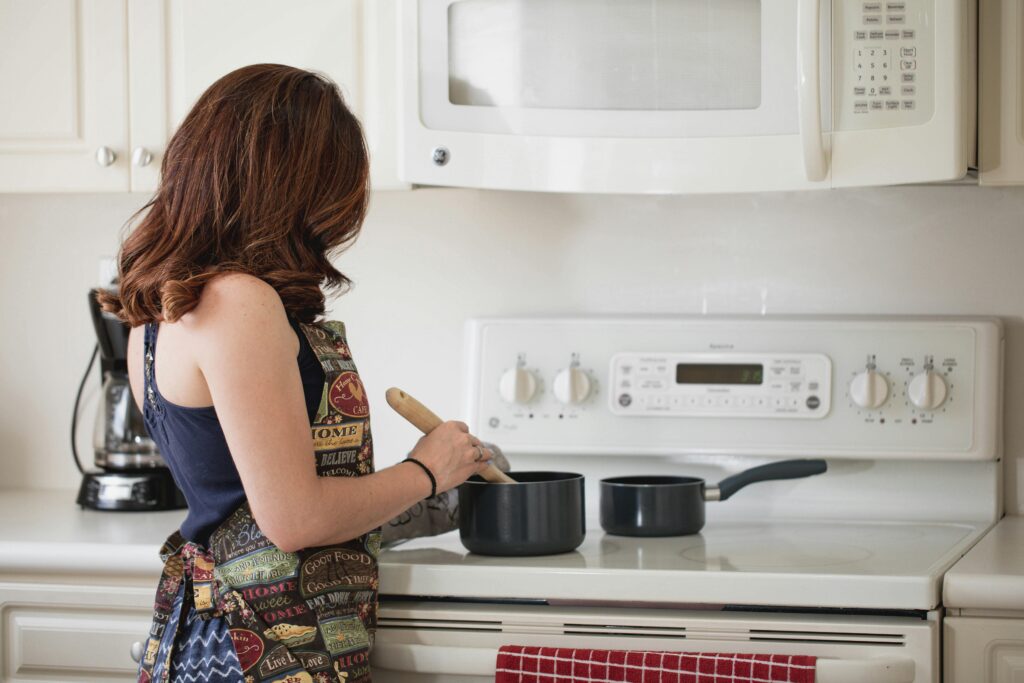
The kitchen triangle—a design concept connecting the sink, stove, and refrigerator—is key to creating a smooth workflow. When these elements are poorly spaced or obstructed, cooking becomes inefficient and tiring. For example, a refrigerator placed too far from the stove means extra steps every time you need an ingredient. If the sink is tucked away in an inconvenient spot, washing produce or cleaning up becomes a hassle. Without a natural flow, tasks take longer and feel more frustrating.
2. Skimping on Counter Space
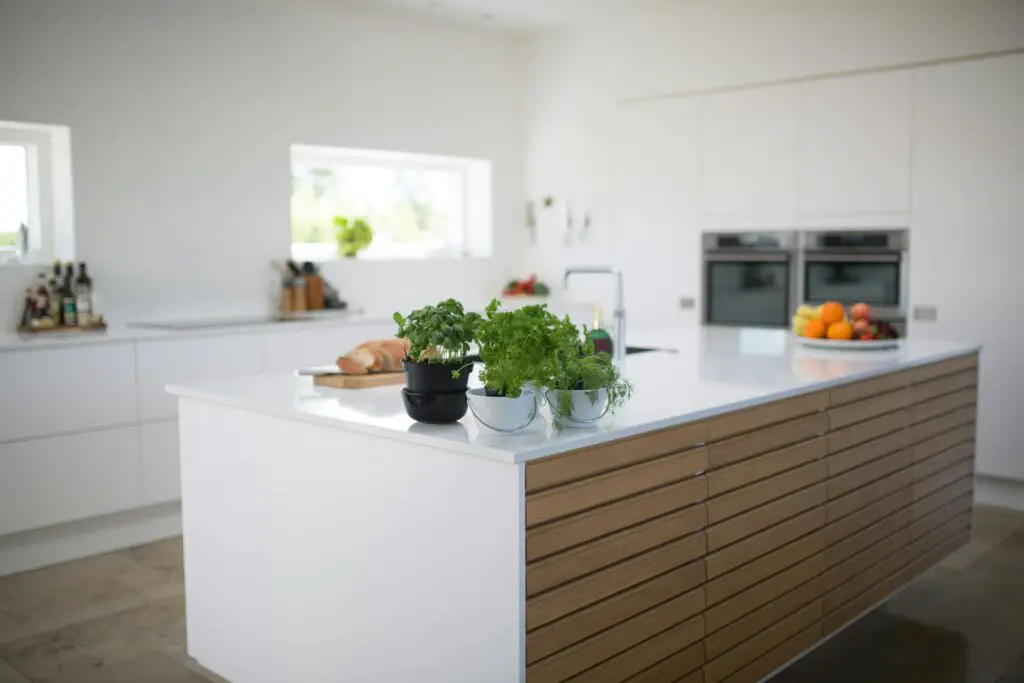
Counter space is prime real estate in a kitchen, yet many people don’t plan for enough of it. A lack of workspace leaves you juggling cutting boards, mixing bowls, and appliances, turning even basic meal prep into a balancing act. Too-small counters also make it difficult to host or entertain, as you’ll struggle to lay out food or drinks. When counters are cluttered due to limited space, the kitchen feels cramped and disorganized, no matter how well it’s styled.
3. Overlooking Storage Needs
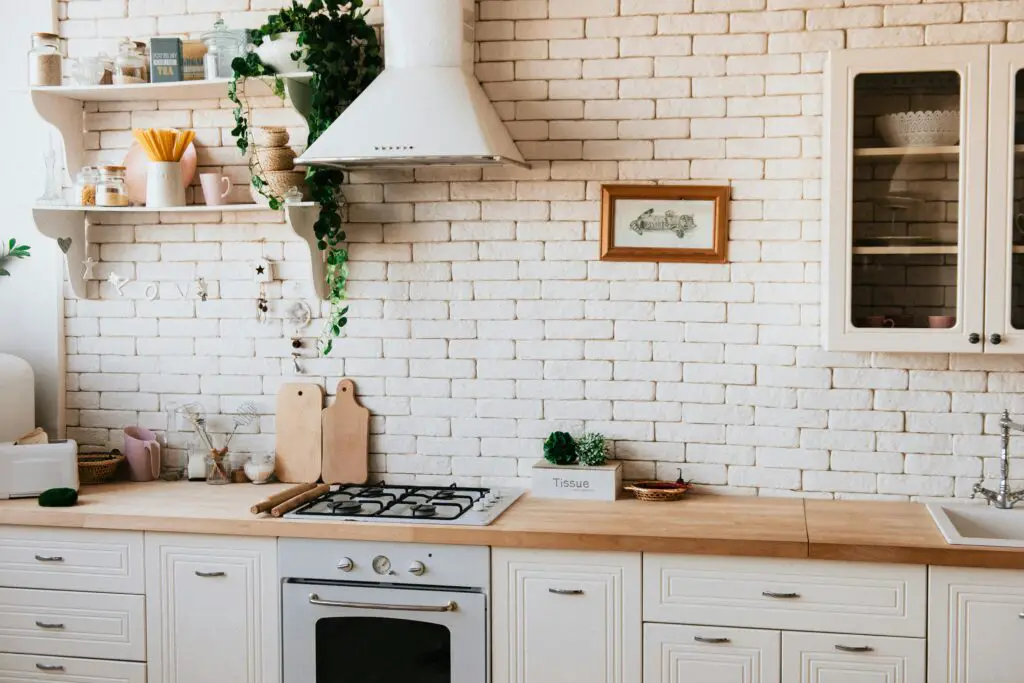
A kitchen without enough storage quickly becomes chaotic. Pots stacked in odd places, utensils crammed into drawers, and pantry items left out in the open make the space feel cluttered and stressful. Open shelving might look trendy, but it’s often impractical for hiding the daily mess of a busy kitchen. Storage missteps also extend to poor cabinet placement, like cabinets that don’t open fully or are too shallow for everyday items, which wastes valuable space.
4. Poor Lighting Choices
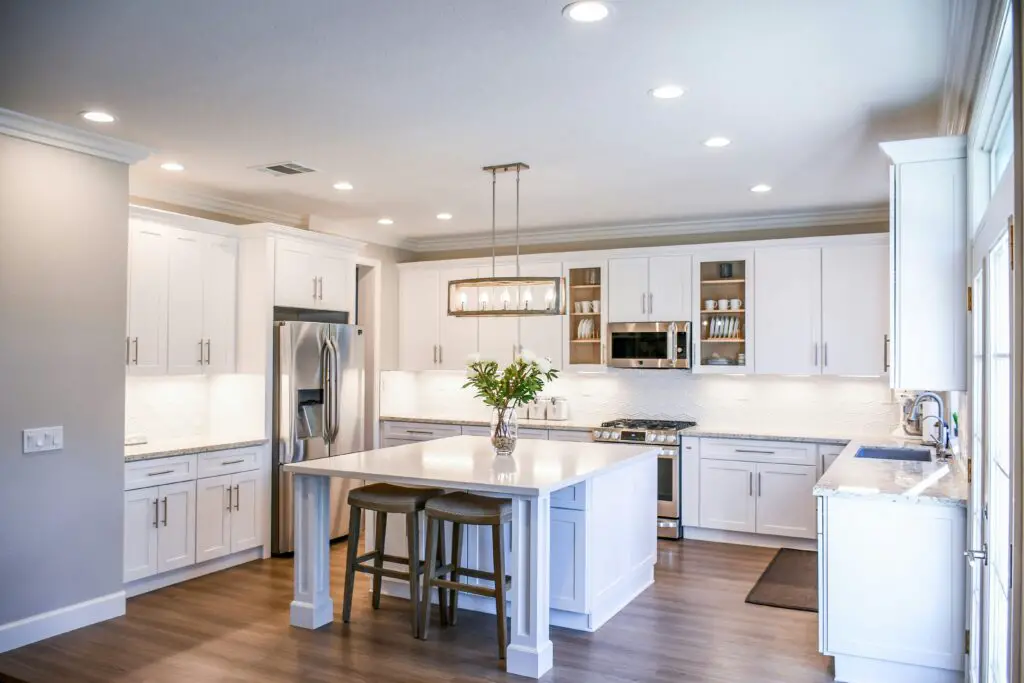
Lighting is often an afterthought in kitchen design, but it’s critical for functionality and ambiance. A kitchen with only a central overhead light will have shadows on the counters, making food prep difficult and even dangerous. Without task lighting under cabinets or over workstations, it’s easy to miss details when chopping or cooking. On top of that, harsh lighting can make your kitchen feel sterile, while dim lighting makes it unwelcoming.
5. Choosing Style Over Functionality
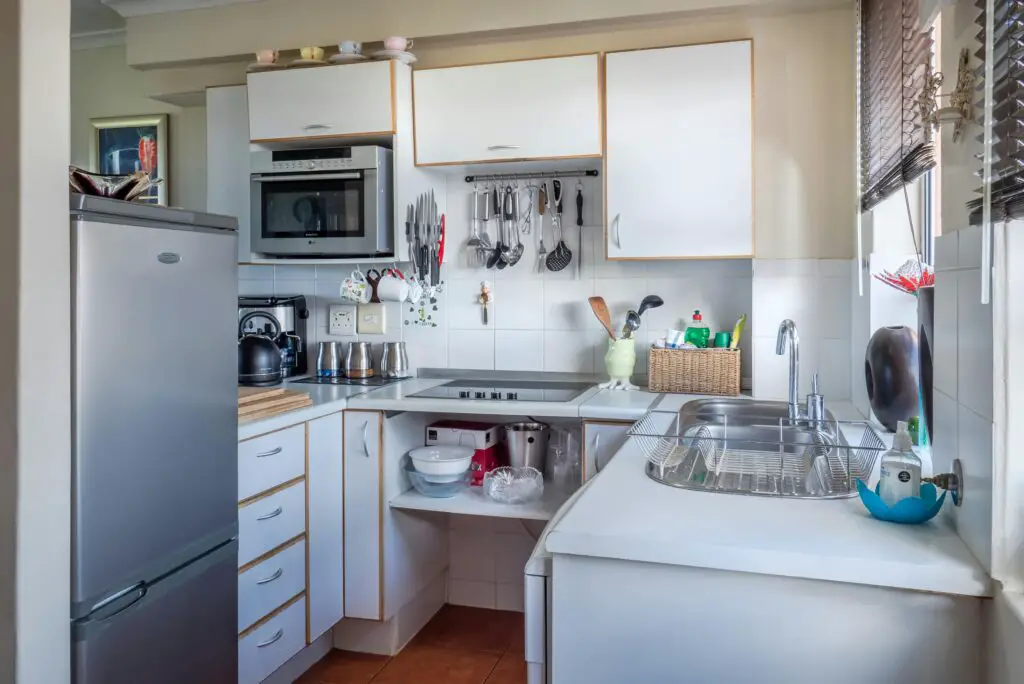
Trendy designs and aesthetics are tempting, but they can backfire if they don’t align with how you use your kitchen. Shiny surfaces, like marble or glass, might require constant cleaning to look their best. Fancy gadgets may look cool but can take up precious counter or cabinet space. Cabinets without handles may look sleek but can be frustrating to open. Style should complement function, not compromise it.
6. Installing Too Many or Too Few Appliances
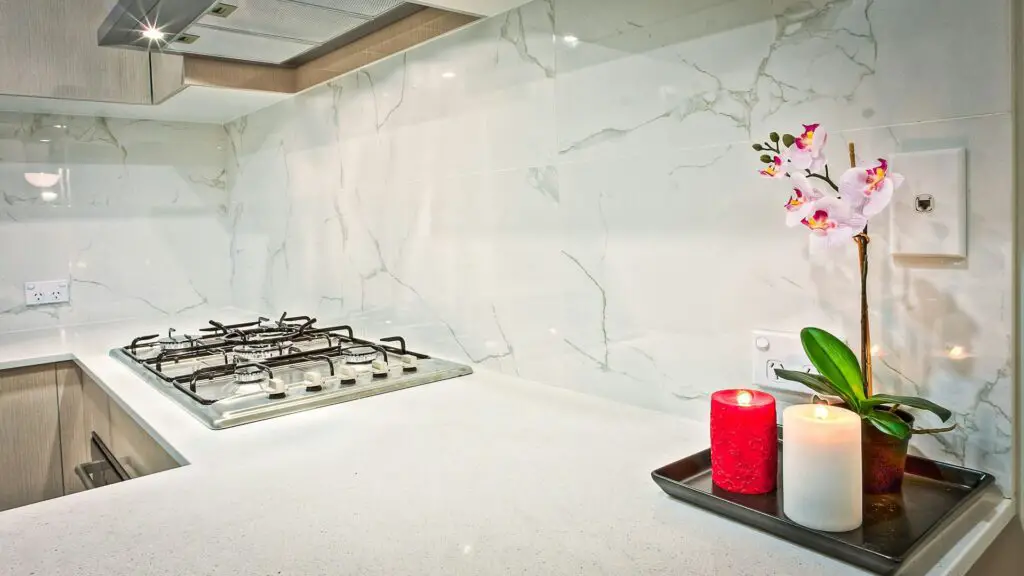
Packing your kitchen with every shiny appliance on the market sounds fun until you realize you have no room to actually cook. An overcrowded kitchen can feel cluttered and overwhelming. Conversely, trying to “make do” without essentials like a dishwasher or microwave can be just as frustrating. Each kitchen is unique, and the right balance of appliances depends on your lifestyle and cooking habits.
7. Forgetting Ventilation
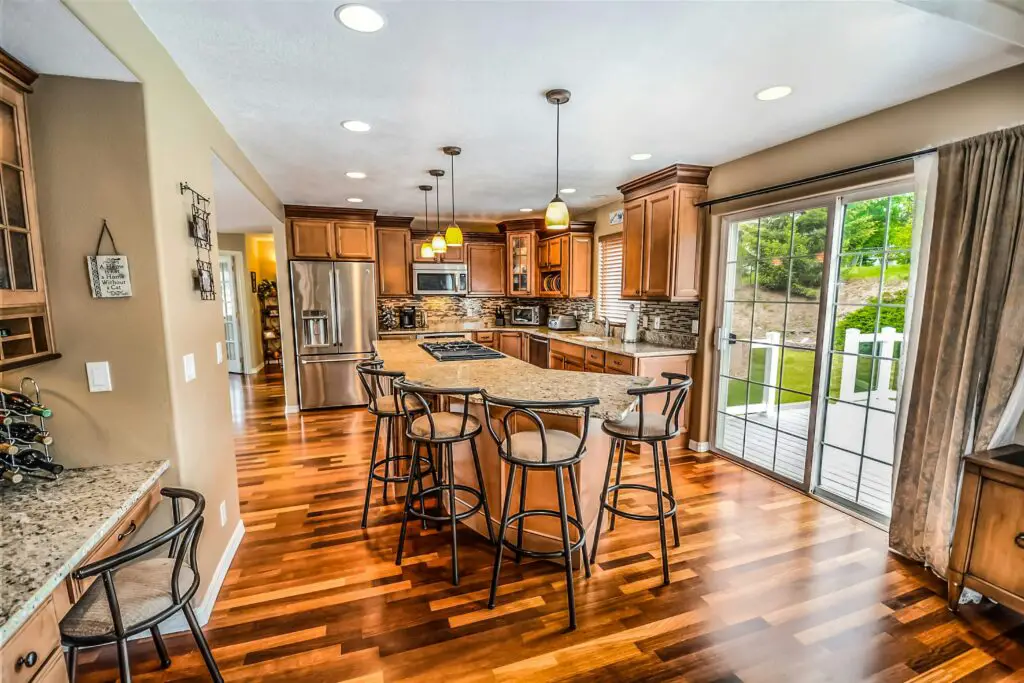
Ventilation often gets overlooked, but its absence is immediately noticeable. Without a proper range hood or fan, cooking odors linger long after the meal is done. Grease and moisture also build up on cabinets and walls, leading to long-term damage. Even if your kitchen is well-designed, poor air circulation can make it uncomfortable and unpleasant to use.
8. Plan the Layout Thoughtfully
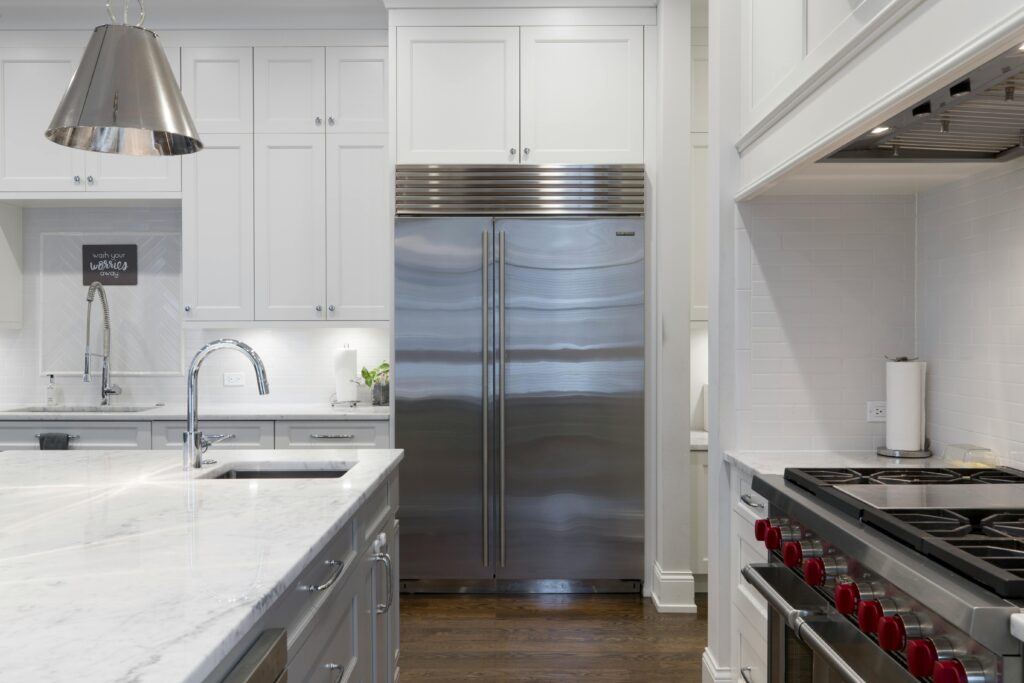
Before redesigning, take a close look at your kitchen habits. Do you cook often? How many people use the space? Use this information to plan an efficient layout. The sink, stove, and fridge should form a triangle with no major obstacles in between. For smaller kitchens, compact appliances and strategic placements can help maximize efficiency. Larger spaces might benefit from a secondary prep sink or an island that doesn’t disrupt the flow.
9. Prioritize Counter Space
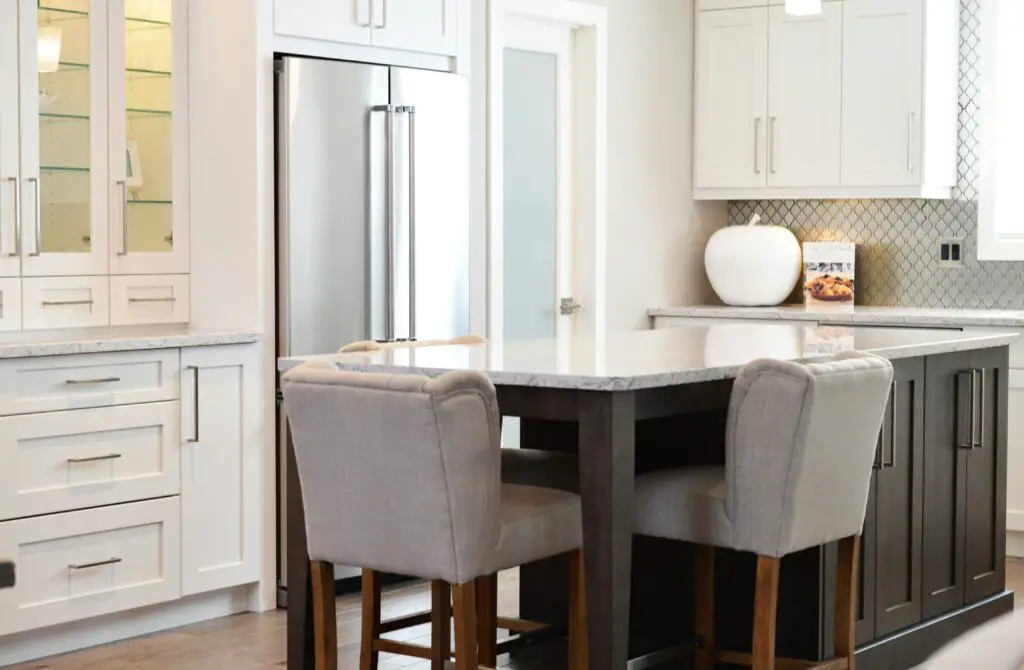
When designing or remodeling, look for ways to add counters. Extended countertops, folding worktables, or even a mobile cart can make a big difference. In small kitchens, use multi-functional solutions like a cutting board that fits over the sink or stovetop. Keep counters clear by relocating items like coffee makers or blenders to designated spots in cabinets or a pantry.
10. Maximize Storage Options

Think vertically and creatively to optimize storage. Tall cabinets, pull-out pantry shelves, and corner organizers can save space and keep items accessible. Hooks and wall-mounted racks are perfect for storing utensils or hanging pots. Inside cabinets, add stackable bins or lazy Susans to make every inch count. Evaluate your storage needs regularly to avoid hoarding unnecessary items that take up valuable space.
11. Layer Your Lighting
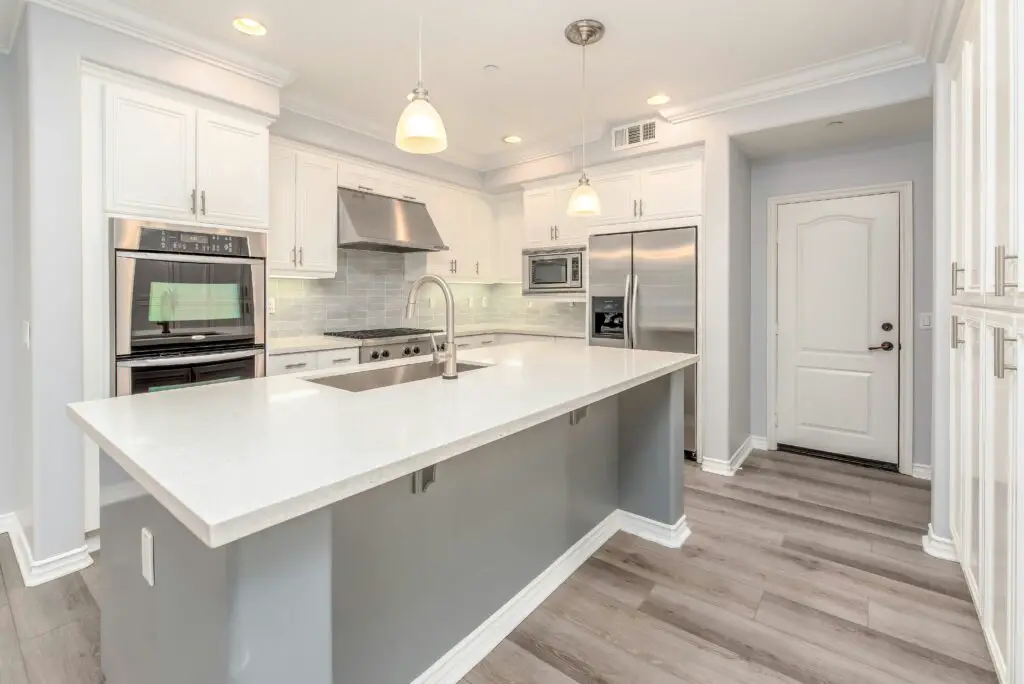
Good lighting transforms your kitchen from dark and dreary to functional and inviting. Install multiple types of lighting to address different needs: ambient lighting for overall illumination, task lighting for counters and work areas, and accent lighting to highlight design elements like a backsplash. Don’t forget dimmers—they’re a small touch that allows you to adjust the brightness depending on the activity, whether it’s cooking or hosting a cozy dinner.
12. Invest in Quality Ventilation
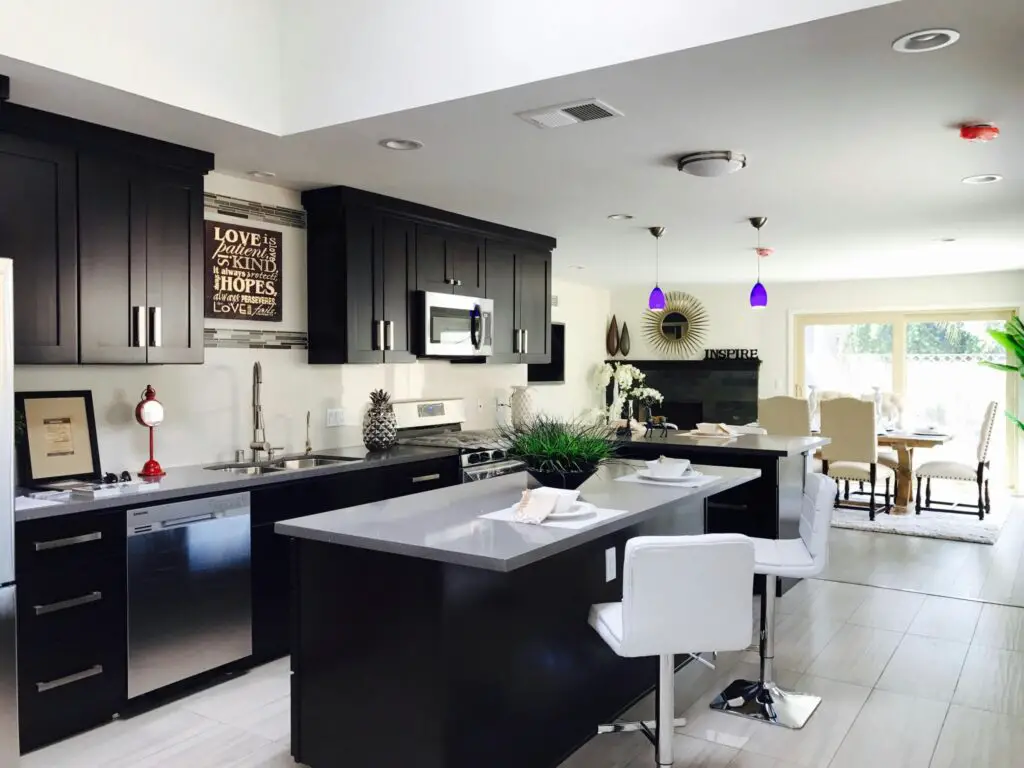
A proper ventilation system is worth the investment. A ducted range hood that vents outside is ideal, as it removes odors, smoke, and grease effectively. If a ducted system isn’t possible, consider a high-quality ductless range hood with carbon filters. Even a powerful wall or ceiling fan can make a difference. Regularly clean filters to keep the system functioning well and prevent grease buildup.
